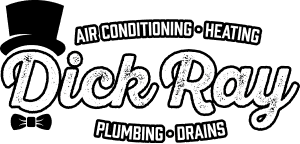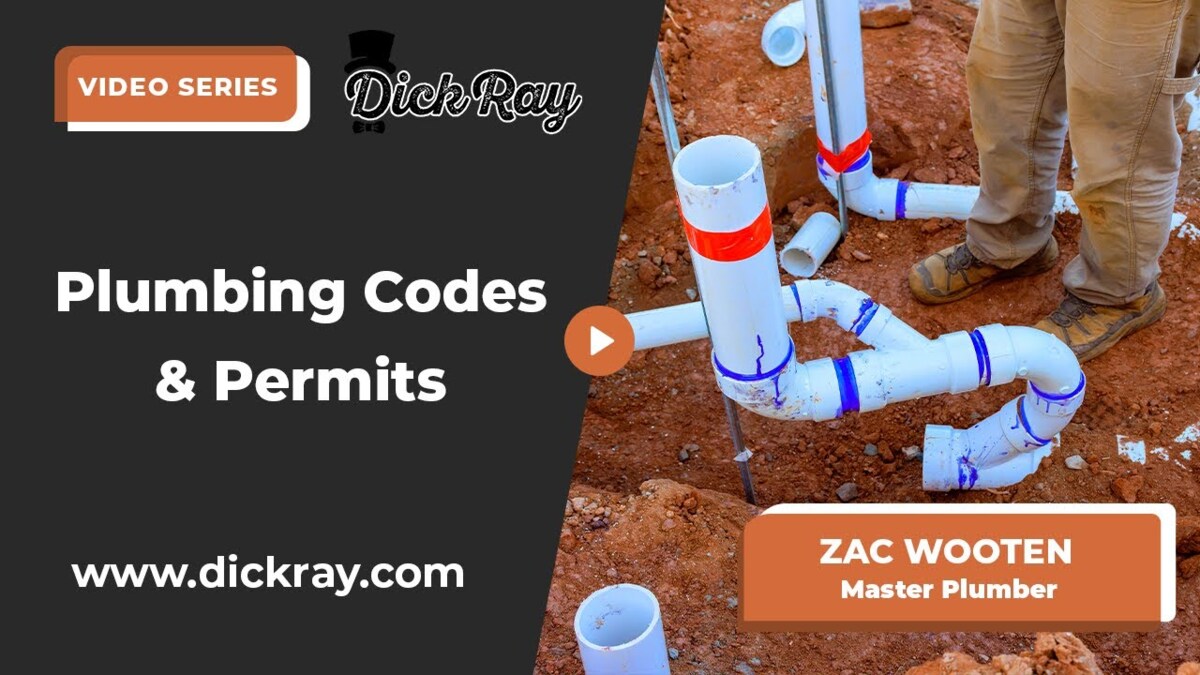Nothing screams “emergency” like a clogged sewer line—until you’re ankle-deep in water, that is. Maintaining your sewer is not just about avoiding unpleasant surprises; it’s about safeguarding your home’s plumbing health. In this guide, we’ll walk you through the crucial steps for keeping your sewer lines clean and fully operational, saving you from potential headaches and hefty repair bills.
Identifying Sewer Issues
The first step in maintaining your sewer is identifying potential issues. If you notice a backup in your floor drain accompanied by toilet paper or sewage, it’s likely a blockage in the main line. Here’s what we do to address this:
- Snaking the Drain: We use a router machine to snake the drain and open up the blockage.
- Camera Inspection: Once the blockage is cleared, we run a sewer camera through the pipes to inspect from your house to the city main. This helps us identify the cause of the blockage, whether it’s roots, broken pipes, or separated joints.
Cleaning Your Sewer
Regular cleaning is vital for maintaining your sewer. Here’s a step-by-step guide on how we clean your sewer to ensure its optimal performance:
- Snake the Drain: We start by using a router machine to snake the drain and clear any immediate blockages.
- Inspect with a Sewer Camera: After clearing the blockage, we inspect the sewer line with a camera to check for any damage or remaining debris.
- Addressing the Cause: Depending on the inspection results, we may find roots, broken pipes, or separated pipes. Each issue requires a different solution, from removing roots to repairing or replacing sections of the pipe.
Preventing Future Blockages
Prevention is the best strategy to maintain a clean and functional sewer. Here are some practical tips:
- Avoid Flushable Wipes: Despite being marketed as flushable, these wipes do not disintegrate like toilet paper and can cause blockages.
- Use Plenty of Water: Water is essential for flushing out your sewer line. Don’t be conservative with water usage—flush toilets and run faucets regularly to keep the lines clear.
- Watch for Bellies: A belly in the pipe, where it sags and forms a low spot, can cause solids to build up and create a blockage. Regular water flow can help keep these areas clear.
Repairing Damaged Sewer Lines
If our inspection reveals damage to your sewer line, several repair options are available:
- Spot Repairs: For minor issues, we dig up and repair the affected section with our mini excavators.
- Full Line Replacement: In cases where the entire line is compromised, we excavate and replace the whole sewer line.
- Trenchless Sewer Lining: For minimal disruption, we can install a fiberglass liner inside the existing pipe. This method involves inserting and curing the liner with UV light, creating a new, durable sewer pipe within the old one. This is especially useful when the sewer runs under landscaping, driveways, or decks.
Best Practices for Sewer Maintenance
Maintaining your sewer involves more than just addressing immediate issues. Here are some best practices:
- Regular Inspections: Schedule annual inspections to catch potential problems early.
- Proper Disposal: Avoid flushing items that can cause blockages, such as wipes, feminine hygiene products, and grease.
- Upgrade Old Pipes: If your home has old cast iron pipes, consider replacing them with smooth PVC or fiberglass pipes, which are less likely to catch debris.
In Summary
To clean and maintain your sewer is simpler than you might think. By following these tips and staying proactive, you can prevent major issues and keep your plumbing running smoothly. Remember, water is cheaper than a plumber, so don’t skimp on using it to keep your sewer lines clear.
For any concerns or professional assistance, contact us. We’re here to help with all your sewer maintenance needs.




